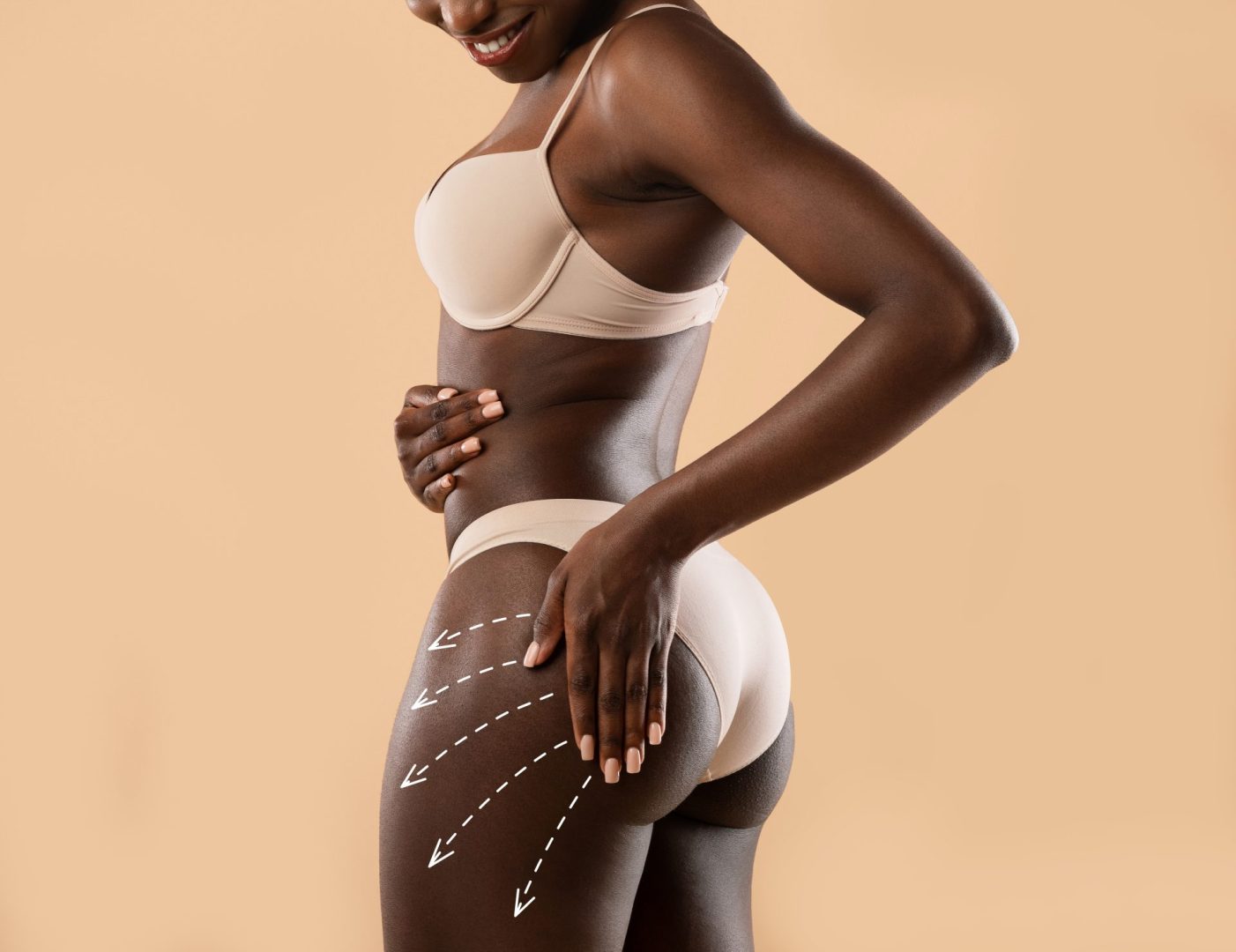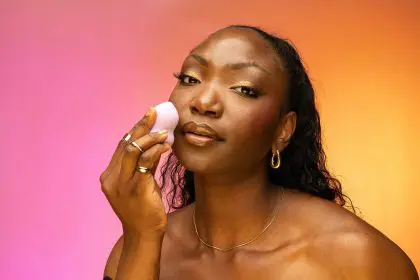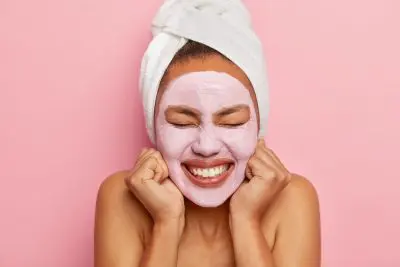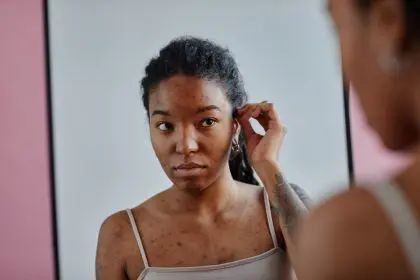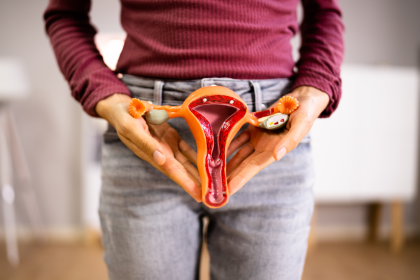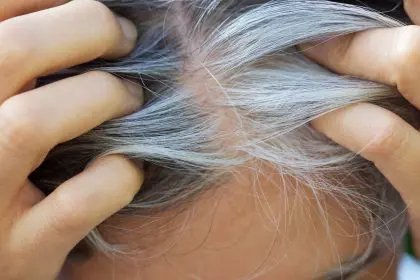Dead skin buildup on the buttocks is a common concern that affects people of all ages and skin types. This area of the body is particularly prone to developing rough, bumpy texture due to constant friction from sitting, tight clothing, and reduced natural exfoliation. The good news is that with the right approach and consistent care, you can effectively remove dead skin cells and achieve smoother, healthier-looking skin.
The buttocks area presents unique challenges for skincare due to its location and the conditions it faces daily. Unlike facial skin that receives regular attention and care, this area often gets neglected until problems become noticeable. Understanding the causes of dead skin buildup and implementing proper removal techniques can dramatically improve both the appearance and feel of the skin.
Many people struggle with persistent bumps, rough patches, or discoloration on their buttocks, often feeling embarrassed or frustrated by these common skin issues. The key to success lies in consistent, gentle care rather than aggressive treatments that can damage the skin barrier and worsen the problem.
Understanding dead skin buildup
Dead skin cells naturally accumulate on the surface of all skin areas, but certain factors make the buttocks particularly susceptible to this buildup. The skin in this area tends to be thicker and experiences constant pressure from sitting, which can impair the natural shedding process that keeps skin smooth.
Friction from clothing, especially tight-fitting garments, creates additional challenges by causing irritation and preventing proper air circulation. This environment encourages the formation of keratin plugs, which block hair follicles and create the characteristic bumpy texture many people experience.
The lack of sebaceous glands in certain areas of the buttocks means this skin produces less natural oil, making it more prone to dryness and dead skin accumulation. Additionally, the difficulty in reaching and properly cleansing this area can contribute to the problem over time.
8 proven methods for dead skin removal
1. Gentle dry brushing technique
Dry brushing serves as an excellent method for removing dead skin cells while stimulating circulation. Using a natural bristle brush with medium firmness, gently brush the skin in circular motions before showering. This technique helps loosen dead skin cells and prepares them for removal during cleansing.
The key to effective dry brushing lies in using the right pressure and technique. Too much pressure can irritate the skin, while too little provides minimal benefit. Start with light pressure and gradually increase as your skin becomes accustomed to the treatment.
2. Exfoliating scrubs for deep cleansing
Physical exfoliation using scrubs helps remove stubborn dead skin cells that regular cleansing cannot address. Sugar-based scrubs tend to be gentler than salt-based alternatives, making them ideal for sensitive skin. The granules dissolve gradually during use, reducing the risk of over-exfoliation.
Creating homemade scrubs allows for customization based on individual skin needs. Combining brown sugar with nourishing oils like coconut or olive oil creates an effective yet gentle exfoliant that removes dead skin while moisturizing simultaneously.
3. Chemical exfoliation with gentle acids
Chemical exfoliants work by dissolving the bonds between dead skin cells, allowing them to shed naturally. Alpha hydroxy acids like glycolic acid and lactic acid are particularly effective for body use, as they penetrate the skin to promote cell turnover.
Beta hydroxy acids, specifically salicylic acid, excel at penetrating into pores and removing debris that causes bumpy texture. These acids work gradually over time, making them suitable for regular use without causing excessive irritation.
4. Regular moisturizing routine
Proper moisturization plays a crucial role in preventing dead skin buildup by maintaining the skin’s natural barrier function. Well-hydrated skin sheds dead cells more effectively and appears smoother overall. Choose moisturizers containing ingredients like ceramides, hyaluronic acid, or urea for optimal hydration.
Apply moisturizer to slightly damp skin immediately after showering to lock in moisture. This practice helps create a protective barrier that prevents excessive water loss and supports healthy skin turnover.
5. Proper cleansing techniques
Effective cleansing removes surface debris and prepares the skin for other treatments. Use lukewarm water rather than hot water, which can strip natural oils and worsen dryness. Gentle, fragrance-free cleansers work best for maintaining skin health without causing irritation.
Avoid harsh scrubbing with rough washcloths or loofahs, which can damage the skin barrier and create microscopic tears. Instead, use your hands or a soft cloth to gently cleanse the area, focusing on thorough but gentle removal of dirt and oils.
6. Targeted treatment for ingrown hairs
Ingrown hairs often contribute to bumpy texture and dead skin buildup in the buttocks area. Gentle exfoliation helps prevent these hairs from becoming trapped beneath the skin surface. Products containing salicylic acid or tea tree oil can help reduce inflammation associated with ingrown hairs.
Avoid picking or squeezing ingrown hairs, as this can lead to scarring and further skin damage. Instead, use gentle exfoliation and targeted treatments to encourage proper hair growth and skin healing.
7. Lifestyle modifications for skin health
Wearing breathable, loose-fitting clothing allows air circulation and reduces friction that contributes to dead skin buildup. Cotton and other natural fabrics work better than synthetic materials that trap moisture and heat against the skin.
Taking regular breaks from sitting, especially during long work days, helps reduce constant pressure on the buttocks area. This simple change can significantly improve skin health and reduce the formation of pressure-related skin issues.
8. Professional treatment options
For persistent or severe cases of dead skin buildup, professional treatments may provide more effective results. Body treatments at spas or dermatology offices can address stubborn areas using specialized techniques and professional-grade products.
Dermatologists can recommend prescription treatments for conditions like keratosis pilaris or other skin conditions that cause excessive dead skin buildup. These treatments are typically more potent than over-the-counter options and can provide faster results.
Creating an effective skincare routine
Developing a consistent routine is essential for maintaining smooth, healthy skin on the buttocks. Start with gentle cleansing using lukewarm water and a mild, fragrance-free cleanser. Follow with exfoliation two to three times per week, alternating between physical and chemical methods to avoid over-treating the skin.
Moisturizing should occur daily, preferably immediately after showering when the skin is still slightly damp. This timing maximizes moisture retention and helps maintain the skin’s protective barrier function.
Common mistakes to avoid
Over-exfoliation represents one of the most common mistakes in dead skin removal. Aggressive scrubbing or using multiple exfoliating products simultaneously can damage the skin barrier and lead to increased sensitivity, redness, and irritation.
Using products with harsh fragrances or alcohol can worsen dryness and irritation, making dead skin problems more persistent. Stick to gentle, fragrance-free products designed for sensitive skin areas.
Inconsistent care often leads to disappointing results. Dead skin removal requires patience and consistency, as improvements typically become noticeable after several weeks of regular treatment.
When to seek professional help
Persistent bumps, excessive redness, or signs of infection warrant professional evaluation. Conditions like keratosis pilaris, folliculitis, or other skin disorders may require specialized treatment beyond basic dead skin removal techniques.
If home treatments cause increased irritation, burning, or other adverse reactions, discontinue use and consult a healthcare provider. Some skin types may require gentler approaches or prescription treatments for optimal results.
Maintaining long-term skin health
Preventing dead skin buildup is easier than treating severe accumulation. Incorporate gentle exfoliation into your regular routine, maintain proper hydration, and address any underlying factors that contribute to the problem.
Regular self-examination helps identify changes in skin texture or appearance early, allowing for prompt treatment before issues become more significant. Pay attention to how your skin responds to different treatments and adjust your routine accordingly.
The importance of patience and consistency
Achieving smooth, healthy skin on the buttocks requires time and dedication. Most people begin seeing improvements within two to four weeks of consistent care, with optimal results appearing after several months of regular treatment.
Remember that everyone’s skin is different, and what works for one person may not work for another. Be prepared to adjust your approach based on your skin’s response and needs. The key to success lies in gentle, consistent care rather than aggressive treatments that can damage the skin barrier.
With proper technique, appropriate products, and patience, removing dead skin from the buttocks is an achievable goal that can significantly improve both the appearance and comfort of this often-neglected area of the body.

